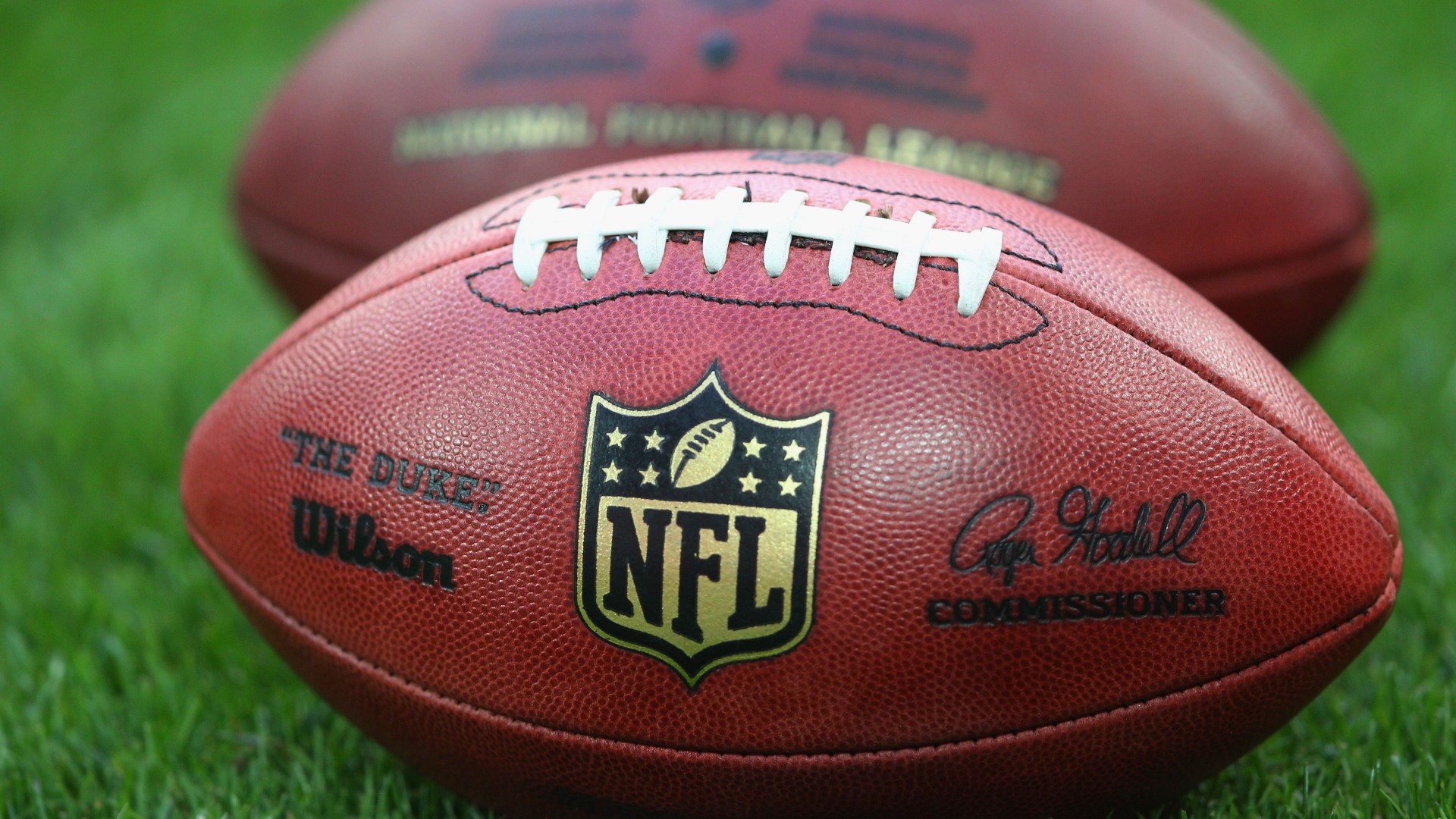
Collecting football cards is not merely a pastime; it encapsulates history, nostalgia, and, for some, a lucrative investment opportunity. As the sports card market continues to bloom, enthusiasts and investors alike are increasingly interested in identifying which football cards hold substantial value. Understanding the nuances of this market requires a deep dive into various factors that contribute to the worth of these collectibles.
When discussing valuable football cards, it is essential to consider three pivotal categories: vintage cards, modern rookie cards, and autographed memorabilia. Each category possesses distinctive qualities that entice collectors and influence valuation significantly.
1. Vintage Cards: The Bedrock of Football Card Collecting
The term “vintage” typically refers to cards produced before the 1980s. These cards are not merely relics; they embody the artistry and essence of their era. Cards featuring iconic players such as Jim Brown, Joe Namath, and Johnny Unitas are often prized possessions. The 1958 Topps Jim Brown rookie card, for example, has fetched prices well into the six figures, thanks to its rarity and the legendary status of the player.
Condition is paramount in the vintage market. Grading systems, such as those provided by Professional Sports Authenticator (PSA), assess the card’s condition, affecting its marketability. A card graded PSA 10 (gem mint) can command exorbitantly higher prices than the same card in a lower grade. Collectors often seek out cards in pristine condition, making attributes like centering, surface, corners, and edges crucial considerations.
Another reason vintage cards hold their value is their historical significance. Cards from iconic seasons, such as the 1976 Topps Walter Payton rookie card, encapsulate remarkable moments in football history. As newer generations of collectors emerge, the demand for these storied artifacts continues to expand.
2. Modern Rookie Cards: Tapping into New Potential
Modern rookie cards represent a burgeoning segment of the football card market, with recent years witnessing an explosive interest driven by the influx of spectacular talent into the league. Players like Patrick Mahomes, Joe Burrow, and Justin Herbert have not only changed the landscape of the NFL but have also transformed the market for their rookie cards.
The allure of modern rookie cards is multifaceted. For one, the introduction of limited edition parallels and refractors creates urgency among collectors. A 2017 Patrick Mahomes Contenders rookie card can vary widely in price depending on its rarity. Factors such as print runs and the introduction of serial-numbered cards add layers of complexity to valuation, as collectors navigate the myriad options available.
Furthermore, the advent of online marketplaces and auction websites has revolutionized how modern cards are bought and sold. Buyers and sellers can easily access real-time pricing trends, enhancing transparency and providing a clearer understanding of a card’s worth. Comparatively, the surge in social media presence among collectors has fostered a vibrant community that shares tips, valuations, and personal collections.
3. Autographed Memorabilia: The Personal Touch
Autographed football cards occupy a unique niche that further elevates their value. The significance of a player’s signature can amplify the desirability of a card exponentially. A card featuring a well-preserved autograph from a Hall of Famer can reach remarkable heights in terms of market value. Example? The 1986 Topps Jerry Rice rookie card, particularly when autographed, commands substantial premiums.
The provenance of an autograph is crucial. Third-party authentication services, such as PSA/DNA or JSA, vouch for the authenticity of a signature, thereby enhancing the card’s attractiveness. Not all autographed cards are created equal; signed cards from major events, like the Super Bowl or the NFL Draft, often carry additional prestige and worth due to their historical context.
Moreover, the emotional connection associated with autographed cards cannot be overlooked. They often serve as tactile reminders of unforgettable moments—an interaction with a beloved player becomes immortalized in paper and ink, creating a narrative that transcends mere monetary value.
4. Factors Influencing Market Trends
While the aforementioned categories form the foundation of valuable football cards, a myriad of factors influences market trends. Economic conditions, player performance, and changes in collecting culture all converge to shape the landscape of card values. During extraordinary seasons or following pivotal postseason victories, a player’s rookie card value can fluctuate dramatically.
In recent years, the impact of the COVID-19 pandemic illustrated how external factors could propel market growth. An influx of new collectors, coupled with limited opportunities for live sports, directed attention toward card collecting, thus driving demand—and prices—skyward.
Additionally, the popularity of certain players can wax and wane swiftly. A stellar performance in the playoffs can send a previously underappreciated player’s cards soaring. Conversely, if a player struggles or suffers an injury, the associated cards may see a dip in demand. Assessing these trends requires a careful and informed approach.
Conclusion: The Future of Football Card Collecting
The world of football card collecting is intricate and ever-evolving. From vintage classics that narrate the game’s rich history to modern rookie cards that represent its dynamic future, the landscape is both rewarding and, at times, mercurial. Collectors must remain astute, constantly adapting to market trends and player performances to navigate this compelling arena effectively. Whether as an investment or a cherished hobby, football cards offer an engaging experience steeped in passion, opportunity, and the thrill of each discovery.
